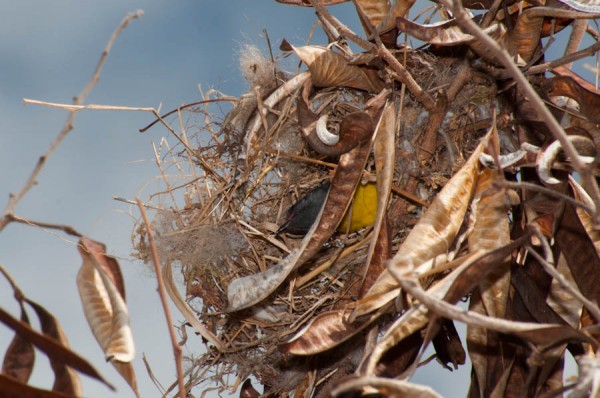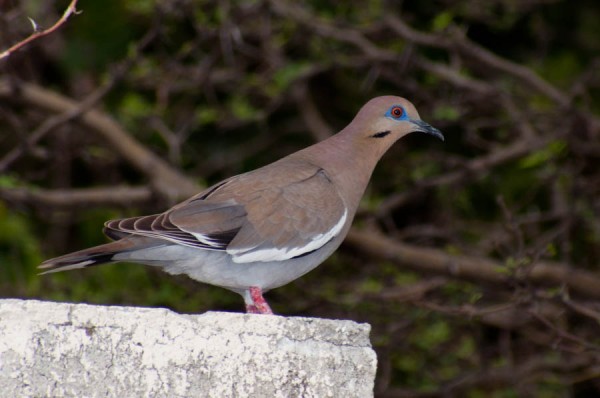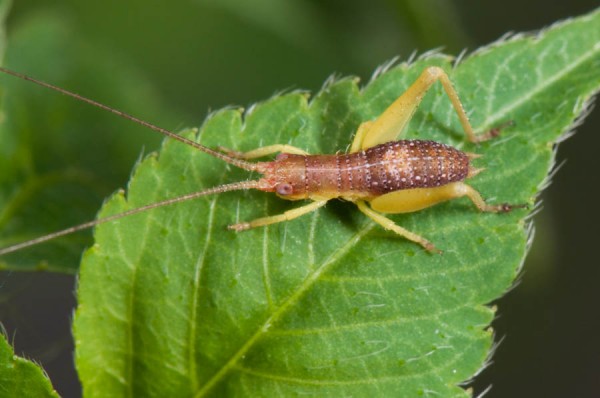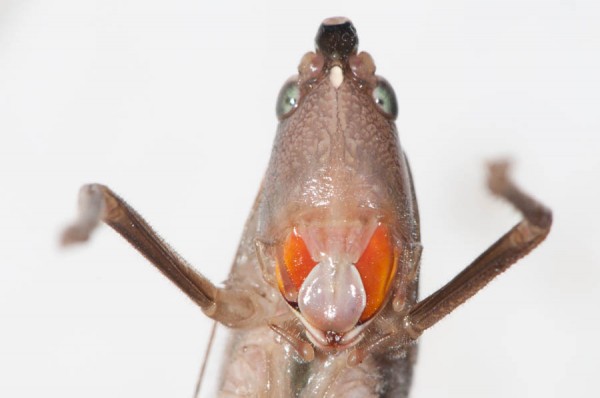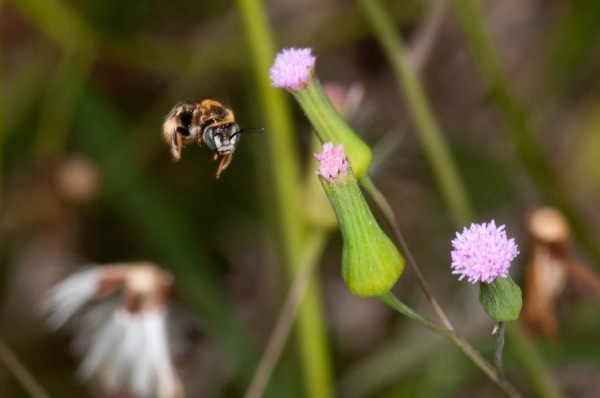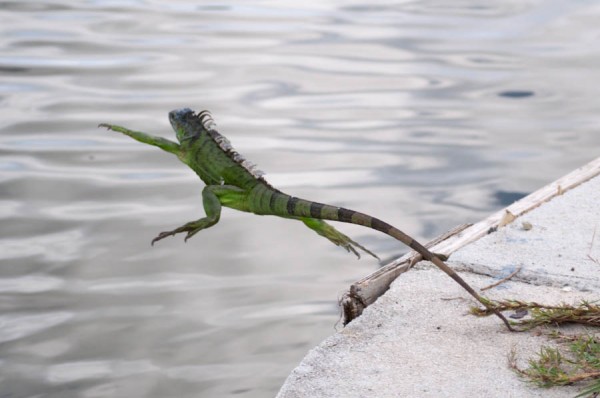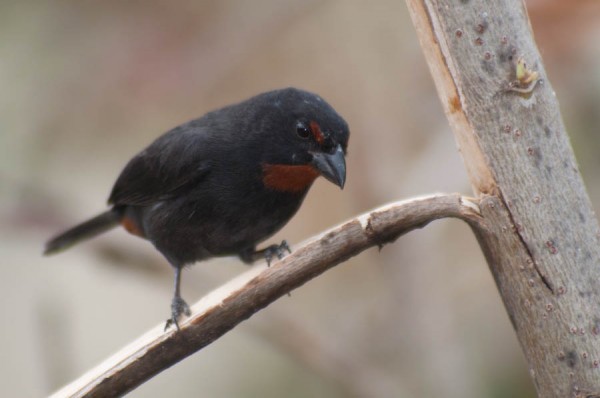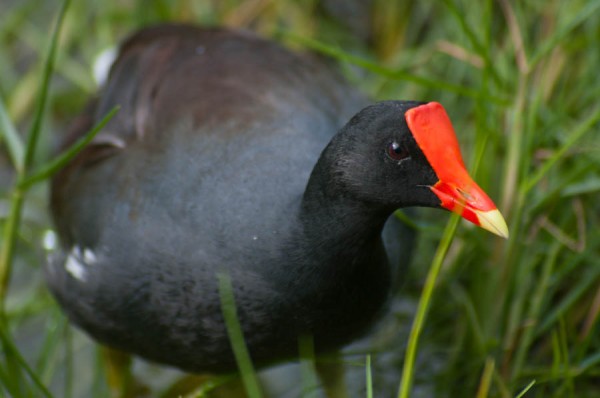Killdeer Scrape Ceremony
Killdeer are a type of plover that is quite common on the island. They nest here, often on the mudflats surrounding our salt ponds. In these pictures, I believe they are engaged in what is called a scrape ceremony. This is how they choose a nesting site and is often the prelude for mating. The male will scrape the ground […]

